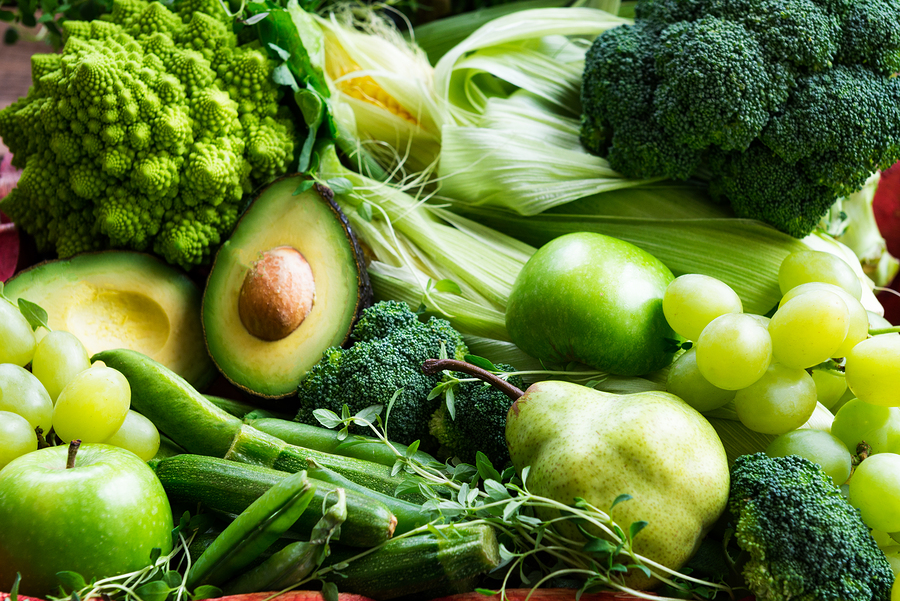- Make It Yourself Lavender Heart-Shaped Bath Bombs!
- 20 Things You Never Knew About “Down There”
- 12 Best Foods For Those Suffering From Arthritis Pain
- 12 Personal Hygiene Mistakes Almost Everyone Makes (Mom Never Told You About #4!)
- 15 Medicinal Plants And Herbs From The Cherokee People
- 12 Mind-Blowing Benefits Of Drinking Coconut Water During Pregnancy
- 12 Outstanding Winter Foods That Won’t Fatten You Up Like A Christmas Turkey
Top 5 Reasons To Munch More Green Vegetables (Not Only The Leafy Greens We Mean!)
Apparently, the color green is in fashion these days, and not just as a color for your clothes! By all means, green vegetables and fruits are as good for your health as all the others, but they do have their own peculiar benefits hinted by their color. What’s so special about going into this option? What are some reasons for you to shift yours selections for your fruits, side dishes, and salads into this particular color? Why should you eat more of the green vegetables? We’ll answer just that.
1. They serve as the best sources of dietary fiber
All plants contain dietary fiber, but according to the fiber data derived from the USDA National Nutrient Database for Standard Reference Release 17, dark green vegetables give one of the highest amounts of it with 6.4g per 0.5 cup serving.
Dietary fiber acts by changing how other chemicals and nutrients are absorbed on your body. Its effects include, but are not limited to, the following functions:
- To attract more water to the digestion process and provide satiety, which helps to reduce appetite
- To control energy intake and reduce the risk for becoming overweight, which aids in maintaining your weigh
- To add more bulk to the stool, which helps with constipation problems
- To regulate absorption of glucose which reduces the risk of diabetes
- To decrease cholesterol, which lowers the risk of heart diseases;
- To slow down the emptying of the stomach, which again helps with weight balance.
Plants with high fiber concentrations come out to be simply the most practical sources. Green fruits, in particular, work as the best suppliers. Figs, avocados, apples (with the skin!), pears, grapes, and kiwis should come first. Among the green vegetables it is worth to include, broccoli and cauliflower, peas and beans, artichokes, zucchini, celery, and nopal.
Continue to Page 2

































